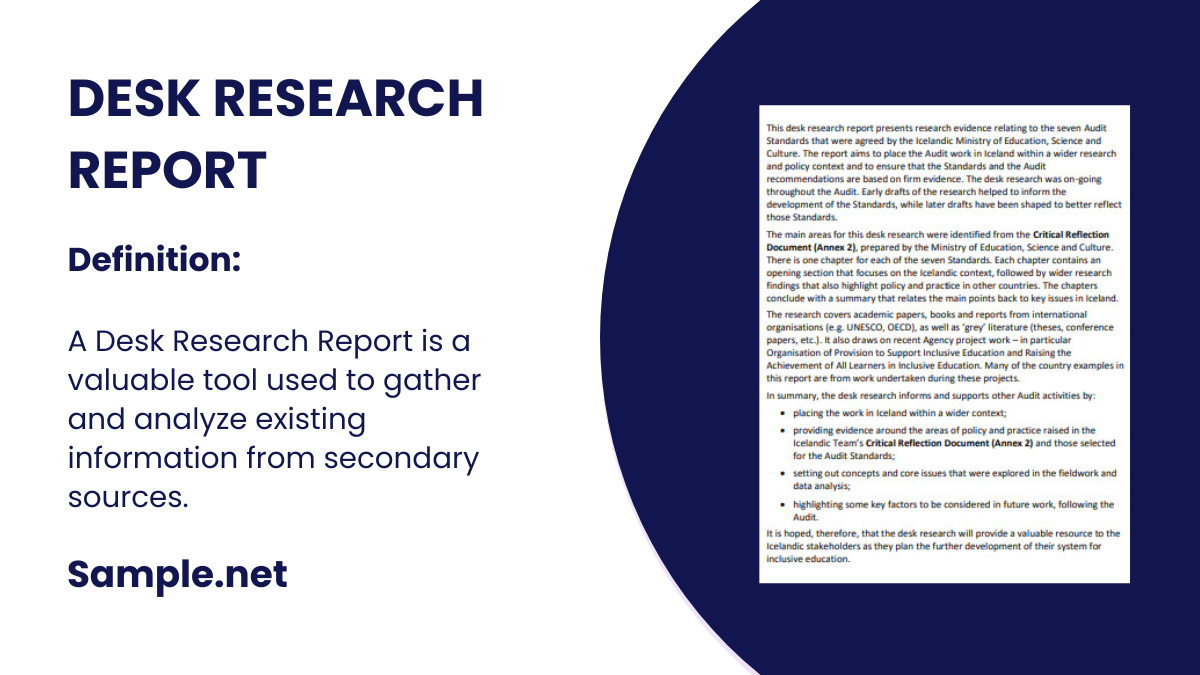A business report is a formal document that provides key insights, analysis, and recommendations about a specific business issue or opportunity. It serves as a communication tool for stakeholders,…
continue reading
16+ SAMPLE Market Feasibility Report
-
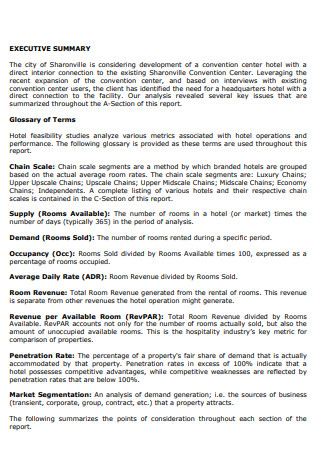
Market Feasibility Study Report
download now -
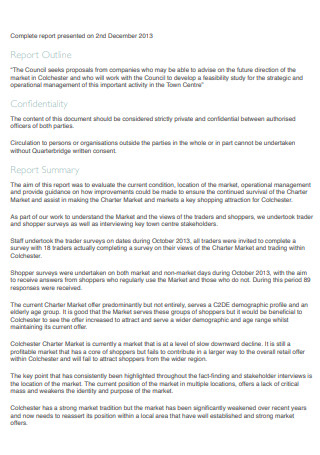
Market Feasibility Summary Report
download now -
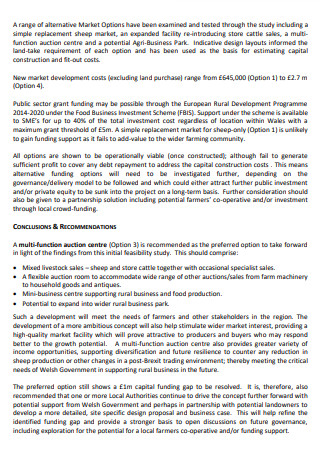
Livestock Market Feasibility Report
download now -
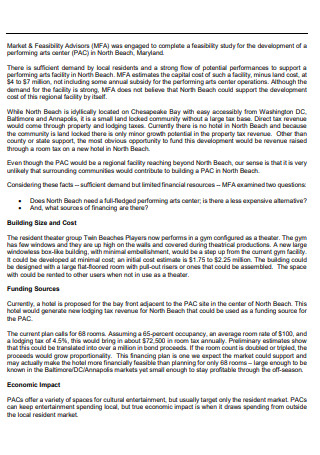
Market Feasibility Final Report
download now -
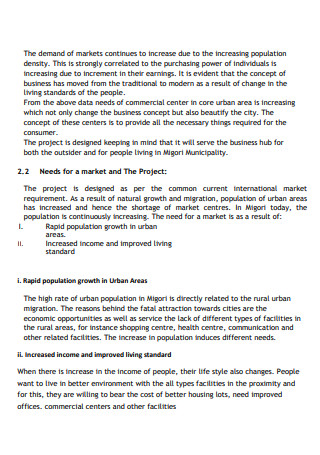
Modern Market Feasibility Report
download now -

Sample Market Feasibility Report
download now -
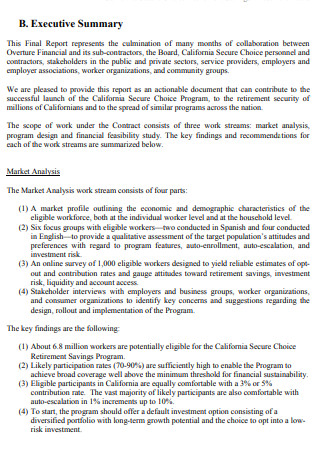
Market Analysis Feasibility Report
download now -
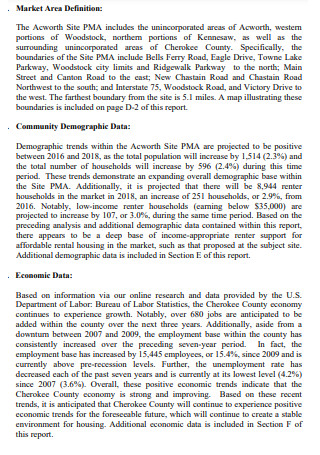
Market Sudy Feasibility Report
download now -

Market Feasibility Project Report
download now -

Control Center Market Feasibility Report
download now -
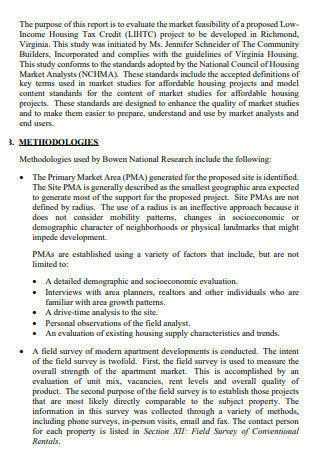
National Research Market Feasibility Report
download now -
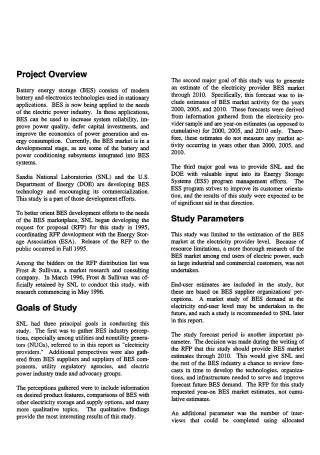
Market Feasibility Study Expanded Report
download now -
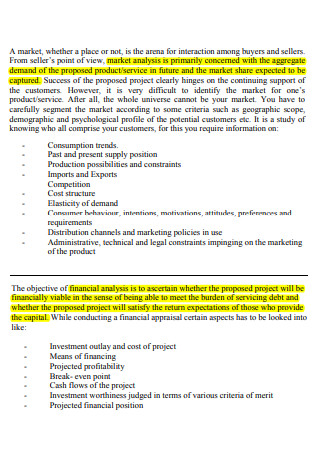
Market Feasibility Report Example
download now -
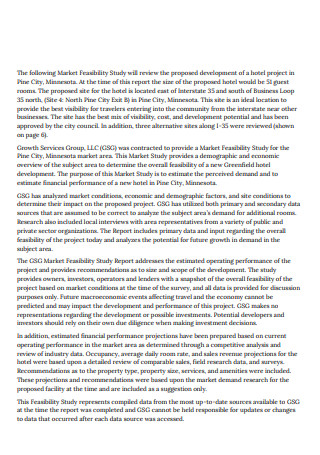
Market Hotel Feasibility Report
download now -
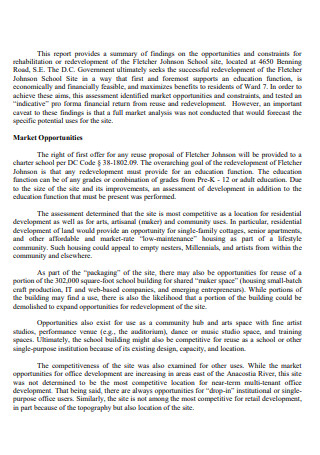
Standard Market Feasibility Report
download now -
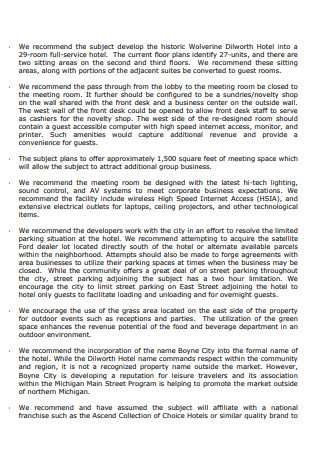
Market Feasibility Report Template
download now -
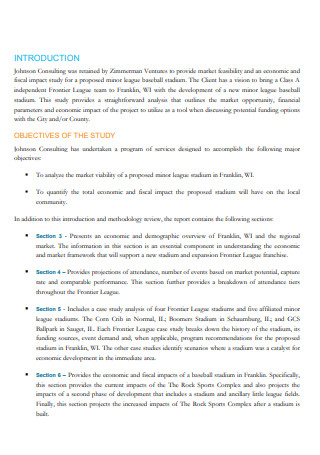
Bseball Stadium Market Feasibility Report
download now
What Is a Market Feasibility Report?
A market feasibility report is a component of a feasibility report for a given proposal. It is a report that outlines current market trends and industry projections. This is accomplished through market research as well as a study of competitors and practices. Its goal is to narrow down marketing methods to be used as well as their likelihood of success. A market feasibility report is an important component of a proposition. It examines purchasing trends as well as the market potential of a product or service. It seeks to comprehend how the target market is likely to react. Depending on the findings of the research, one’s approach and brand marketing strategy may need to be adjusted.
Market feasibility is one of the aspects considered while creating a feasibility study report for a proposal. Feasibility studies are conducted to determine the viability of completing the project successfully. And market feasibility research might aid with the marketing aspect. And, because potential customers primarily determine sales and profit, a market feasibility study is much more critical.
Components of a Market Feasibility Study
A market feasibility study has several components. These elements influence the outcomes of the study. It aids in weighing the factors, each of which has its own set of strengths and weaknesses. They are also critical in making changes.
Advantages of a Market Feasibility Report
A market feasibility report for new products is difficult to produce. You must extensively research the industry as well as the market data available. You may also be required to conduct your own surveys. A market feasibility research report, on the other hand, is a valuable undertaking. The quantity of information you can glean from your study is a critical component of putting your proposal into action.
Steps On How to Make a Market Feasibility Report
Almost all aspects of a feasibility study have identical sections. It is due to a structural approach in reaching conclusions based on study and data. However, to properly provide an informative market feasibility report, let’s go over how to create one.
Step 1: Market Research
The first and most important phase in creating a market feasibility report is market or marketing research. It is precisely the point at which information can be acquired. It is critical in generating conclusions. Even a cursory market analysis might quickly determine its potential. And determining the worth or potential is critical in developing a strategy. Market research would also reveal whether there is room for expansion or if the concept is currently stagnant. It would aid in the development of product and service ideas. It aids in the creation of a constructive design by emphasizing the most valuable and vital component.
Step 2: Summarize the Industry
Before presenting your idea or proposal, make an introduction by summarizing your venture’s industry. It should emphasize the competition as well as the value found in the sector. Also, how the industry tailors its services and products to the general population. Or how consumers rely on or are attentive to the sector. It must demonstrate the industry’s value to demonstrate how your proposal came to be. It should also determine how your industry is critical to gaining investment financing.
Step 3: Current Practices and Trends
Another section before diving into your own marketing strategy is one that describes existing practices and trends. It should include a description of current methods for similar products or competitors, as well as their benefits. By observing and analyzing this area, one can devise an effective plan that combines several techniques. It also aids in explaining the why of your promotional strategies. It is easier to advertise the notion itself because there is confirmed information from existing patterns.
Step 4: Products or Services
The subsequent step is to describe the proposed items or services. It should clarify clearly how your proposed concept fits within the industry. Or how it is currently in demand or serving its linked market. By defining how your products or services work, you should be able to differentiate the product from the competition. It should establish a distinct identity that distinguishes it from similar products.
Step 5: Competitors
Another factor that influences your success is the market’s competitiveness. And how good your adversaries are influences this. By identifying your top competitors, you may then determine how to gain an advantage over them. It also paints a realistic picture of sales and customer service. It should also include your predictions for how your business will fare against the competition. It conveys a realistic assessment of the value of your product.
Step 6: Source of Revenue
Some businesses derive their revenue from government contracts, investors, or consumer sales. Identifying the market narrows the source down. And the source is critical because it determines how quickly you should build your services or goods. Since there is an ideal set of time that varies depending on the source. It also aids in determining where financial stability can be found. However, in favorable instances, one can generate income from a variety of sources.
FAQs
Why Is Market Feasibility Report Important?
A marketing feasibility study report is only one component of a feasibility report. It does, however, serve a significant part in doing market research on potential customer responses and evaluating business concepts. It aids in the development of projections based on trends and other methodologies. It also recognizes the potential and value in the market and industry. It helps provide the value of the proposed product or service.
What are Some Market Research Techniques?
Various market research techniques are used to create an accurate marketing analysis. These methods could include surveys, questionnaires, or even personal interviews. It could also appear in clinical studies or focus groups. According to an article on flatworldsolutions.com, market research is critical for business success since it provides insight into many elements that may have an impact on the business. Market size, market demand, and predicted sales revenue are all factors to consider.
What is an Example of Marketing Strategy?
Marketing using social media is one example of a marketing strategy. It is done by creating material and posting it to social media profiles. This appeals mainly to the younger generation. It also provides us a sneak peek at items and services. Furthermore, the content can be curated in such a way that it becomes even more appealing. It is possible to accomplish this by displaying brief video advertisements or graphical posters. Social media also enables for a more direct and personal interaction with customers.
A business venture is a difficult yet exhilarating challenge. Making a marketing feasibility report is only one component of the process. However, researching the market is a gold mine of knowledge that will be useful for your project. And you can make your life even easier by getting a market feasibility study example pdf or a market feasibility report template from Sample.Net!

